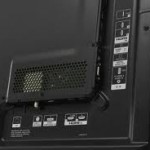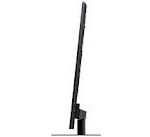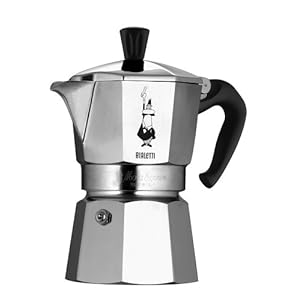We went to Fort Collins to see the Mesa Mundi multitouch system today. (See original post)
The IR sensor was mounted to a 46″ Sony (A Google TV). It is a very thin system, at most 1/2″ thick, and could detect more than 20 fingers at once. They were using it to run the D20pro role playing system (which was pretty cool). That system was not really designed with a large touch screen in mind, and some of the buttons and menus were a bit small to hit accurately. The sensor also had a higher latency than we had hoped. If you moved your finger across the screen, the cursor stayed a few inches behind.
William’s GemHoarder software ran flawlessly on the screen. The screen was sending out TUIO events and the game connected and played just fine. See a video of GemHoarder here.
The demo was enough to convince us that the IR sensor system was the way to go and so we bought the TV that we are going to attach the screen to. The TV was recommended by the helpful owner of Mesa Mundi as being a perfect match for the 46″ screen. It is the Sony Bravia NX720:
There are several features that make it well suited for our setup.
- It is very thin which will make mounting it in a table easier and will leave plenty of leg room under the table.
- There is no bevel around the edge. We need the screen to be as close as possible to the IR overlay so that there is a minimum of distance between when a touch is detected by the IR sensor and when your finger touches the screen.
- The viewing angle is excellent, even from the top and bottom. The top/bottom viewing angle is bad on many monitors because you are rarely looking at a TV from significantly above or below it (as opposed to sitting off to the side). But we plan to have people sitting all around the table.
- It was on sale at Best Buy for the super bowl.
It may be the only one of its kind that was sold during that sale that wasn’t used to watch the super bowl.



